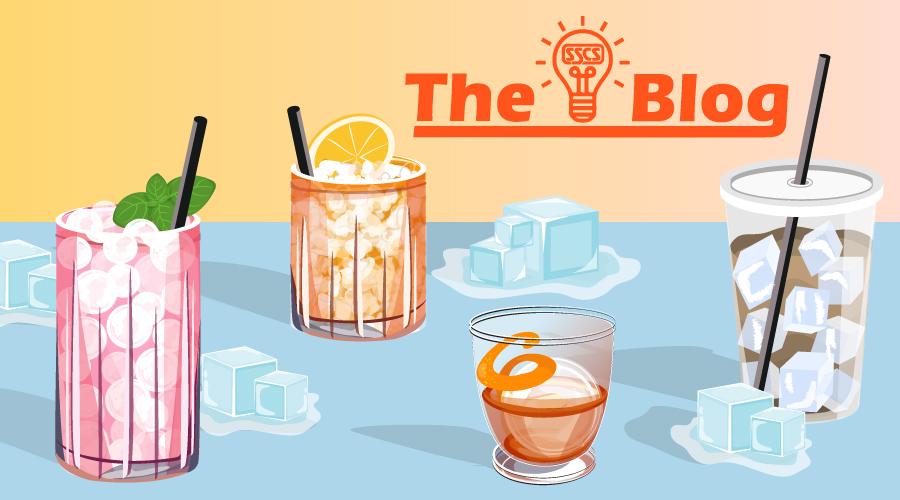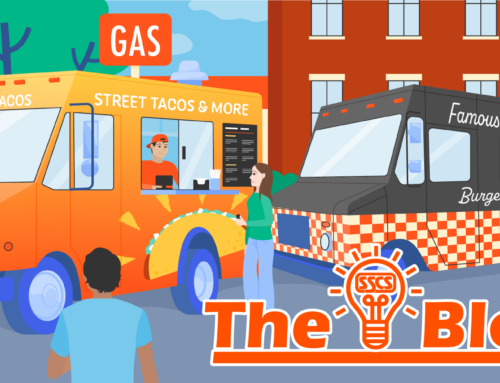
A Song of C-Stores and Ice
The chilliest merchandise helped pave the way for the industry, but it took a little time.
For being the foundation of the convenience store industry (check out last week’s post), ice doesn’t get much respect. No one notices it. It’s just there.
It’s kind of like Iceman in the X-Men movies. There from the very first, useful, yeah, but we’re always going to notice Wolverine. (At least Iceman doesn’t look like a snowman throwing snowballs anymore).
In a way it makes sense that Iceman eventually got changed into a kind of an amped-up Jack Frost—complete with stalagmites—because ice, itself, takes on so many forms. Block. Cube. Crushed. Whatever magical substance it becomes within a frozen dispensed beverage.
So give ice a break. It’s got plenty of commercial uses, although its retail potential wasn’t readily apparent at first. In fact, it wasn’t until the early 1800’s that it became feasible to think about selling ice in any form, thanks to a new practice called ice harvesting.
Ice specialists would select a suitable frozen body of water with a big thick sheet covering it, clear off snow, mark gridlines on the surface and start hacking away with saws and axes. They they’d use tongs to drop chunks into their wagon or sled and off they went! hauling it back to a sawdust-insulated shack.
That doesn’t sound very retailer friendly. And it wasn’t!
Things improved by the mid-19th century thanks to advancing technology. Icehouses started to be built with two walls, then filled with improved insulating materials like straw and cork. The next major improvement was the first practical ice-making machine, patented in the 1850s by John Gorrie. The device froze water in controlled environments, and eventually signaled the end of the time-consuming practice of cutting up ice in zero degree weather.
As we all know, though, technology relentlessly pushes forward, and the ice-making industry was no exception. The introduction of ice-cooled railroad cars and ice ships equipped with refrigeration compartments improved the efficiency and reach of ice distribution. This ability to freeze water for long periods of time and transport it over longer distances made it possible for food retailing to exist, even if it took until 1927 for a multi-site network of ice houses to pull off being a multi-site c-store enterprise.
Since that development basically marked the beginning of a new era in retailing, it’s good to see that ice still has its place (and more) in the c-store. It probably starts with that ice machine in the front of the store; it’s practically iconic. Not only that, it provides both crushed ice and blocks!

But that’s only one way ice continues to make its mark in the c-store. There’s the iced coffee experience, the frozen beverage in a cup (alcoholic or non) experience, and the aforementioned slush-like, dispensed drink which continues to transform itself every chance it can. Check out some of these new flavors:
-
- Pickle Slush
-
- Energy Drink Slush
-
- Sour Patch Kids Slush
-
- Cottom Candy Slush
-
- Bubble Gum Slush
Now we can’t tell you what kind of wacky flavors the future will hold or whether someone is going to invent the meltless cube (with real water, not phase-change materials and a container!). Perhaps some other frozen innovation will take the public by (hail) storm.






Leave A Comment